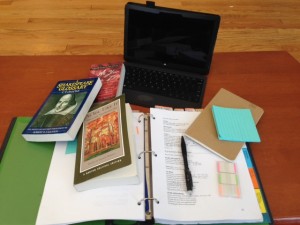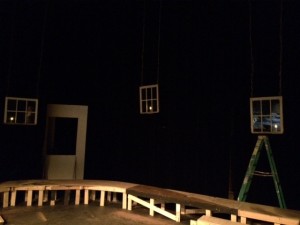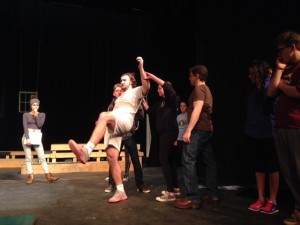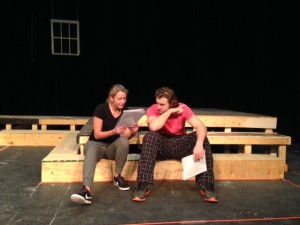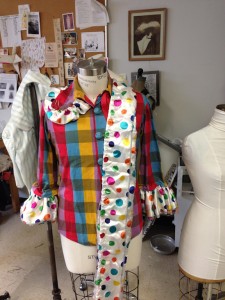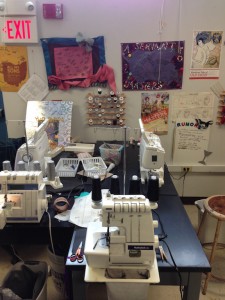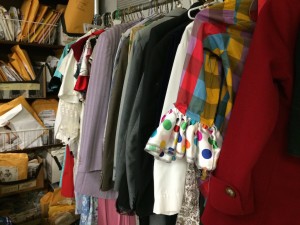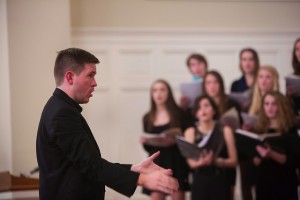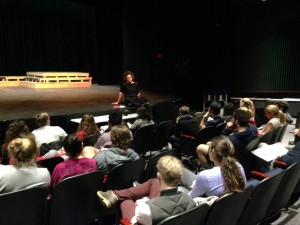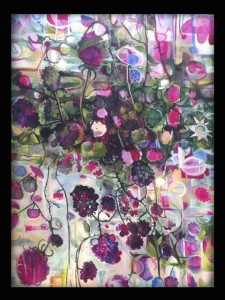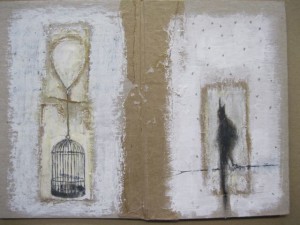It would never occur to me that someone might think I could walk into a rehearsal for As You Like It and know everything there is to know about a scene. But that’s exactly what happened a few weeks back. We were working a joke- one that is particularly complicated. (Without giving too much away it has to do with mustard, pancakes, and the Queen.) We discussed the historical references in the joke, which goes on for about half a page, line by line. At a certain point I asked the group if there were any questions. One student said, with an incredulous look on their face, “Yes…how do you know all that?”
I have lived with Shakespeare all my life. Yet, even still, when I pick up a play I haven’t read in a while much of the meaning eludes me. I am not afraid to admit this. I actually want people to know how much I don’t know. This might sound odd coming from an educator (aren’t we supposed to know everything?) but I think it’s the key to helping others fall in love with Shakespeare as much as I have. We shy away from Shakespeare because it’s a little scary. We are afraid of being the only person in the room who doesn’t “get it” when in fact, most of us don’t get it. But once we get over the fact that none of us gets it, we can embark on the task of getting it.
In that spirit, I shared with my students exactly how I “know all that:” I spend about two hours with my script before each rehearsal going through the words line by line. I have two versions of the play with me (Norton Critical and Folger), a Shakespeare Glossary, my own research, a pencil, my script, and the internet. Between these tools I can guarantee that I will do my job in understanding what every character is saying. This information passes from me to the actors who then get to put their own spin on things. And that’s exactly what happened after we figured out what the business was with the pancakes and the mustard.
